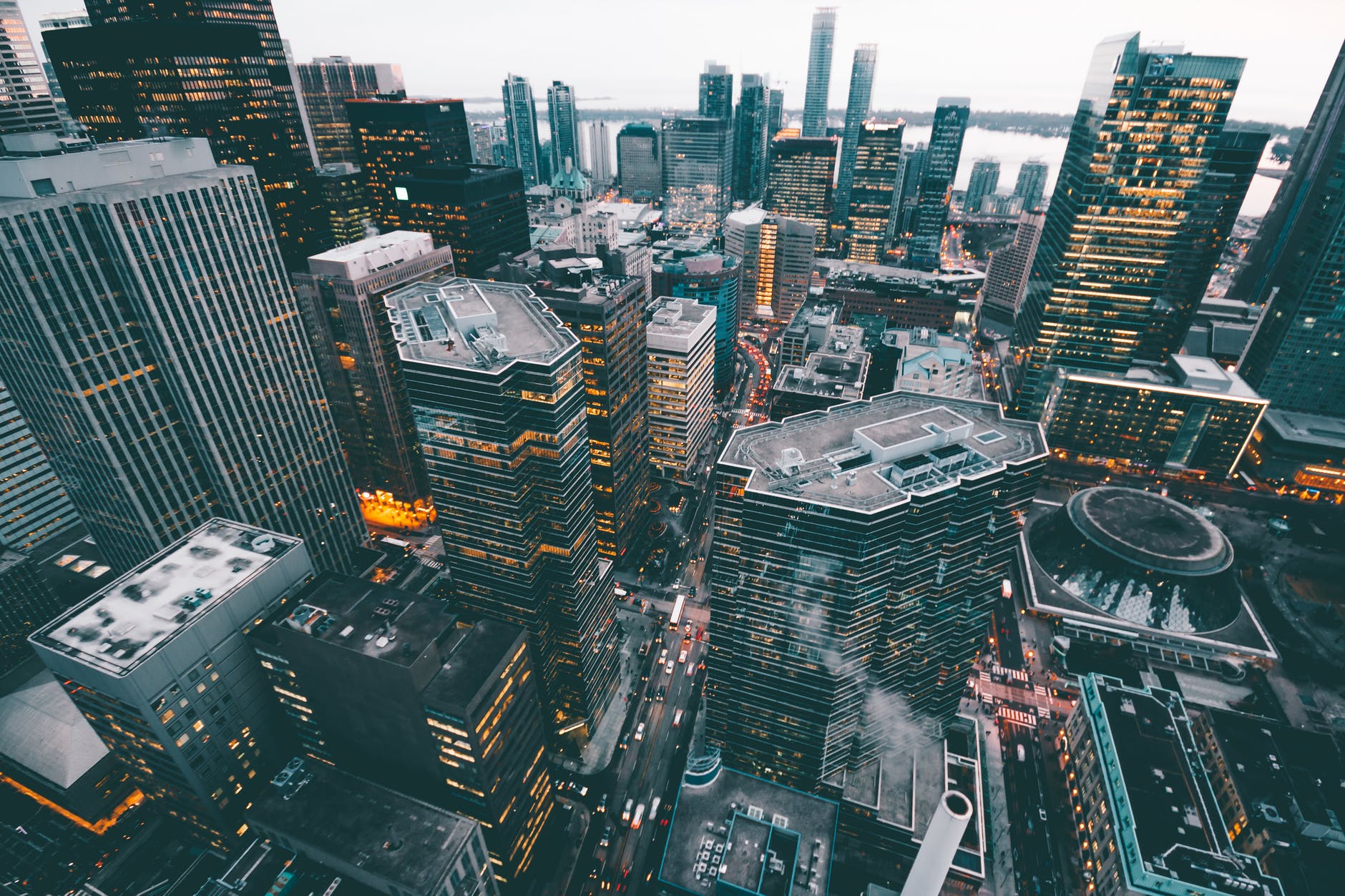All cities have a life of their own. Buildings are the bones, streets and rivers and sidewalks the veins and arteries, weather changes, wind blows, papers fly–the breath.
But the soul is the people who live in the city, and perhaps nowhere more so than in New York City.
New Yorkers love their city to an almost unhealthy degree, which means that New York is an ideal place for urban diaries — photographic documentation of the city as it evolves, changes, and keeps on living.
The concept of an urban diary, which can certainly include notes, and written observations, traces back to artist Eugène Atget. Atget was a photographer who lived in Paris and who began documenting the city, through photographs, in the 1880s. He is considered, also, to be a flâneur, or stroller, which he certainly was given his apparent desire to document all of the architecture and street scenes in Paris, to capture a living culture and history.
It takes true love of a city to dedicate oneself to keeping an urban diary. With camera, and perhaps notebook (or a tablet that is both!), in hand the diarist must, as Atget did, walk the streets and sidewalks, noticing change, recording the unique, the quirky and the mundane in turn.
Atget did exactly that until his death in 1927, and the images that endure tell a story of a city-always-changing, evolving, alive with shopkeepers and schoolchildren.
New York is exactly that sort of city, and worthy of the efforts of the urban diarists. Not because New York is in any danger of disappearing, but because of the constant cycle of growth, renewal, decay and revitalization that part and parcel of the city.
Noted writer, and native New Yorker, Pete Hamill, says this about his city:
“We New Yorkers know that we live in a dynamic city, always changing, evolving, building. Sometimes for the better, sometimes not. The city’s enduring slogan could be: Get on with it, my friend.”
Artists and writers seem to know this instinctively, that New York is, at any and every moment, worthy of noticing, describing, depicting.
For instance, Camilo José Vergara, a Chilean-born, New York City transplant and street photographer spent the seventies photographing the grit and joy of the South Bronx and Lower East Side.
But what about other New Yorkers? The recent transplants and the third generationers? This is where keeping an urban diary is more than whimsy, and not an artistic endeavor. There are actual individual and practical implications.
Author Chuck Wolfe argues in his book “Urbanism Without Effort” that urban diaries can translate into practical use and cause city dwellers to engage with their space in a more deliberate, interactive way. In the Crosscut article (linked above) he says, “Documenting and contemplating the journey from place to space — crossing and intersecting and embracing the edges of the public and private realms — may be the best way to understand where we live, the choices we make and the choices that are made for us.”
Wolfe also says that urban diaries can take many forms, from scrapbook to notebook to journal to photography. With the technology available today, combining the written and the visual is simpler than it’s been at any other time in history. If New Yorkers take advantage of their electronic devices, what an amazing body of work could result.
On the practical side, Wolfe notes that documenting city space allows the diarist to track:
- The intersection of constructed and natural environments;
- The evolution of transportation
- The application of associated and applicable land use plans and regulations; and
- The continuation and/or evolution of surrounding land uses.
Whether for artistic, whimsical, or practical purpose, the act of deliberately keeping an urban diary is a worthy way for any New Yorker to engage with the living city they love.





